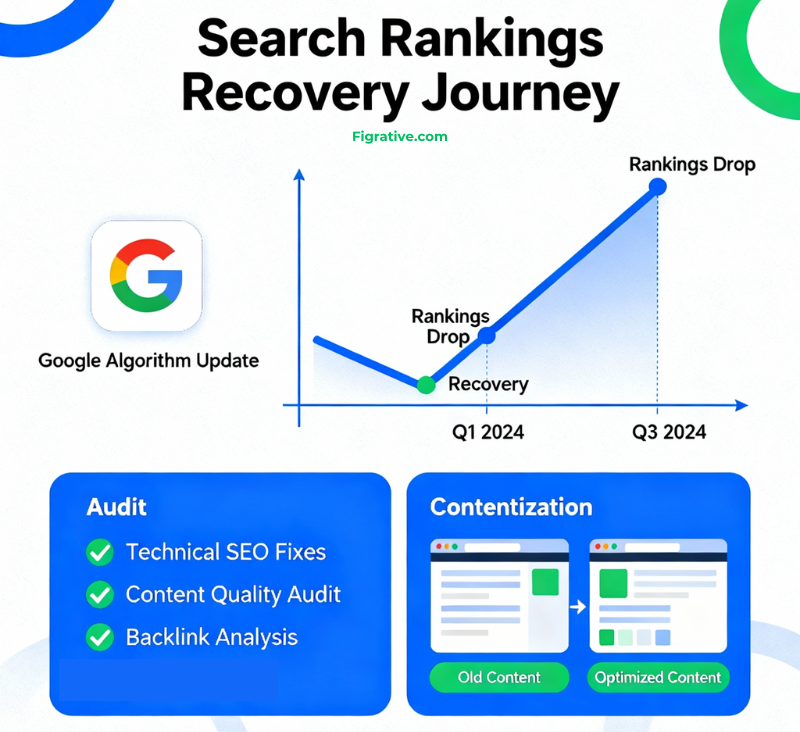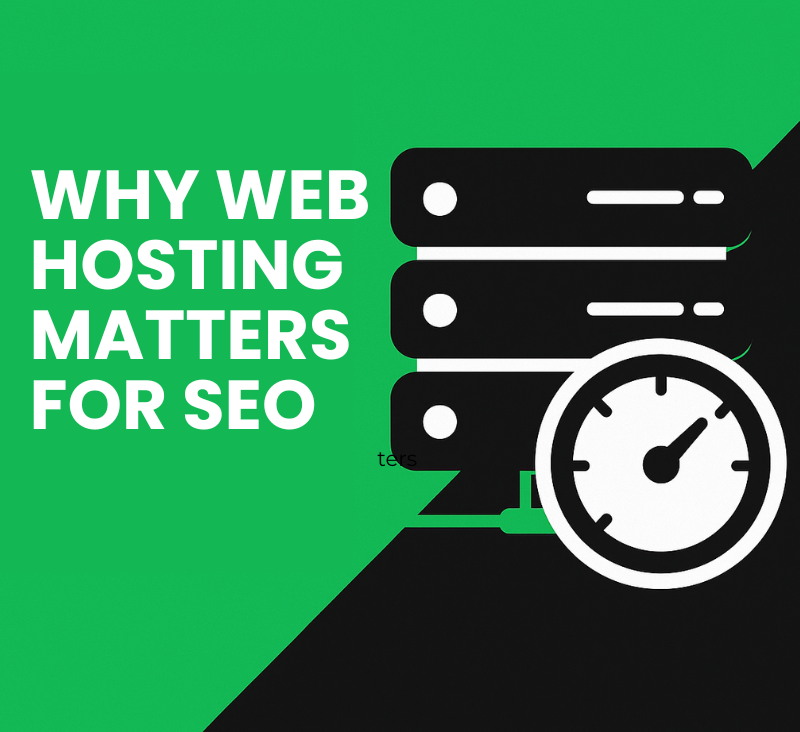TL;DR:
When Google releases major algorithm updates, many websites experience sudden drops in rankings and traffic. Recovery requires confirming the impact with analytics, analyzing competitors, and performing thorough technical and content audits. Key steps include improving content quality and E-E-A-T (Experience, Expertise, Authoritativeness, Trustworthiness), fixing site issues, diversifying digital marketing channels, and monitoring progress. Full recovery may take weeks to months and is strongest when blending SEO best practices with paid and holistic digital marketing efforts. Strategic adaptation and patience are essential for long-term success in an ever-changing search landscape
Google regularly updates its search algorithm to improve search quality and user experience. These Google updates can cause significant shifts in website rankings and organic traffic, often leaving site owners, digital marketers, and SEO professionals facing sudden drops or volatility. Understanding why updates occur, how to identify their impact, the recovery process, and practical strategies is crucial for achieving long-term SEO success.
Why Does Google Update Its Algorithm?
Google’s primary mission is to deliver the most relevant, reliable, and user-friendly search results possible. Algorithm changes are designed to:
- Enhance content quality
- Align search results with evolving user intent
- Penalize manipulative or spammy tactics
- Improve site usability and technical performance
- Factor in user experience signals such as load speed and mobile-friendliness
These updates aim to create a more trustworthy, functional search ecosystem by rewarding sites that offer genuine value.
Signs An Update has impacted you
Typical symptoms of an algorithm hit include:
- Sudden declines in organic traffic
- Drops in search rankings for key terms
- Lower conversions from search
- Loss of rich snippets or answer boxes
Monitoring tools like Google Search Console, Google Analytics, and keyword trackers help pinpoint when changes occur and which Google Search Result pages or keywords are affected. It’s also valuable to check update announcements and industry discussions for timing clues.
The Recovery Process Step-by-Step
1. Confirm the Update Effect
Match your traffic and ranking dips to the release dates of known updates. Focus on pages and content areas most affected to prioritize fixes.
2. Analyze Competitors and SERPs
Check Competitor Analysis and Investigate the new top-ranking pages for your target keywords. Identify whether Google is favoring new content formats, local results, or different user intents that require adjustments.
3. Conduct a Full Site Audit
Review technical SEO factors such as crawl errors, 404 pages, site speed, and schema markup. Assess content quality and relevance — remove or improve thin, duplicate, or outdated pages.
4. Boost Content Quality and E-E-A-T
Refresh affected pages with deeper, more comprehensive content aligned with user intent. Enhance your site’s Experience, Expertise, Authoritativeness, and Trustworthiness (E-E-A-T) by highlighting author credentials, credible citations, and positive user signals.
5. Monitor Results and Iterate
After implementing changes, track rankings and traffic closely. Google’s re-crawling process and subsequent updates typically reveal recovery progress over weeks or months. Adjust tactics as needed.
Read Also: What is SEO? The Ultimate Guide to Search Engine Optimization
Recovery Timeline Expectations
Recovery speed varies according to the update’s severity and your response:
| Scenario | Recovery Duration |
|---|---|
| Minor ranking fluctuations | 2 to 4 weeks |
| Major core update penalties | 3 to 6 months or next update |
| Severe drops for sensitive sites (YMYL) | Up to a year or more |
Often, full recovery happens only after new core updates as Google reassesses site quality.
Challenges to Anticipate
- Identifying root causes: Updates may impact technical, content, or off-site factors, necessitating in-depth diagnostics.
- Content overhaul demand: Updating large volumes of low-quality content can be resource-intensive.
- Balancing PPC and SEO: Paid marketing helps offset traffic losses but can increase advertising spend during recovery.
- Shifting user intent: Updates may alter the preferred answer style or content format, necessitating adjustments to the strategy.
- Technical SEO essentials: Ongoing site health issues can hamper recovery and the Brand’s Search visibility of winning content.
Best Practices for Recovery
- Elevate content relevance: Perfectly match page content to search intent with unique, up-to-date information and multimedia enhancements.
- Solidify E-E-A-T: Publish content from experts, add detailed author bios, secure authoritative backlinks, and highlight trust signals like compliance or awards.
- Fix technical SEO issues: Monitor and resolve crawl errors, improve page speed, and ensure correct schema markup.
- Maintain transparent monetization: Avoid intrusive ads and disclose relationships clearly to keep user trust.
- Diversify channels: While focusing on SEO improvements, use paid and social media marketing to sustain traffic and lead flow.
Example Recovery Roadmap
- Confirm update impact through analytics.
- Segment and analyze lost keywords and pages.
- Perform technical and content audits.
- Update or rewrite core pages, aligning with searcher needs.
- Remove or consolidate low-value pages.
- <>Enhance E-E-A-T with expert bios and external citations.
- Monitor SERP movements and iterate strategies accordingly.
Final Thoughts
Recovering from Google algorithm updates demands patience, careful analysis, and sustained effort. It’s not about quick fixes but about delivering higher value, a better experience, and credible content consistently. By embracing a comprehensive approach that blends SEO best practices with paid and social marketing, businesses can not only recover their rankings but also strengthen their online presence against future updates.











